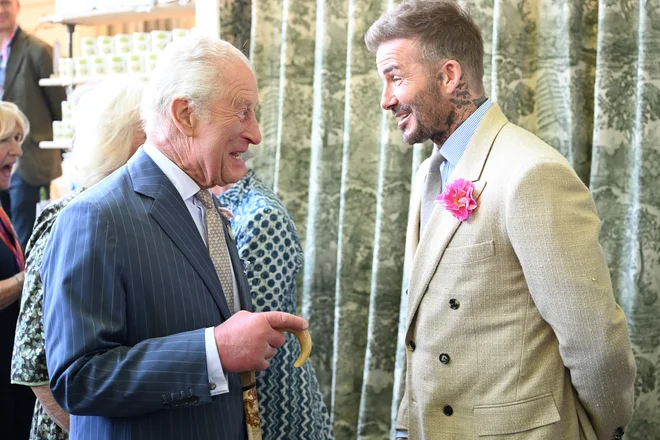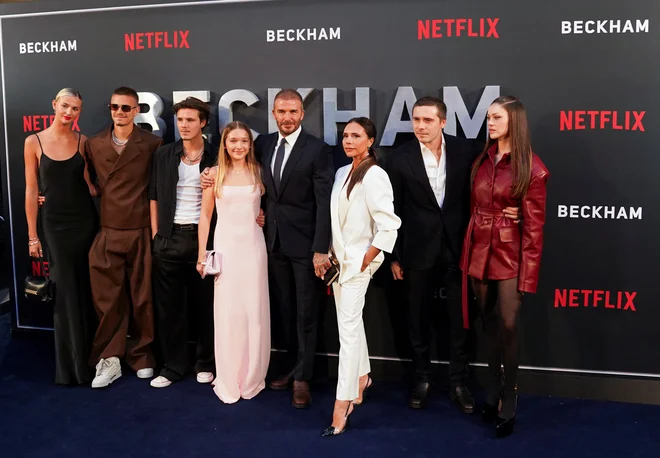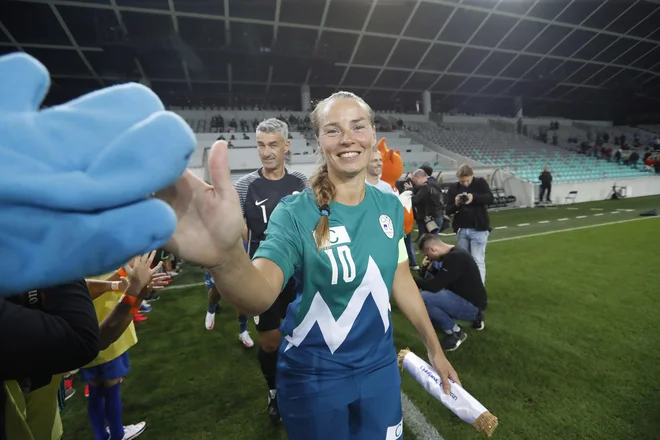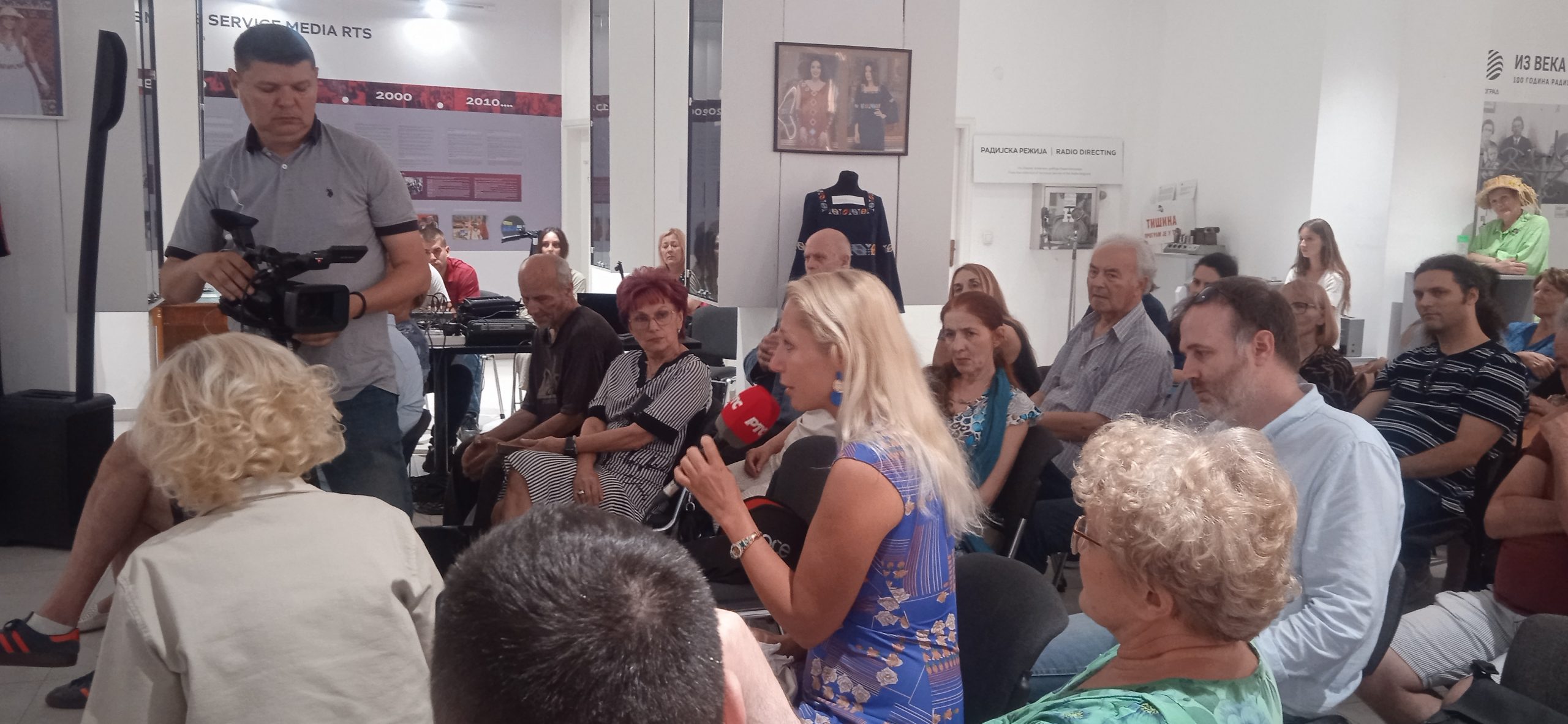In the outflow of the Sava into the Danube, you will be awaited by the winner
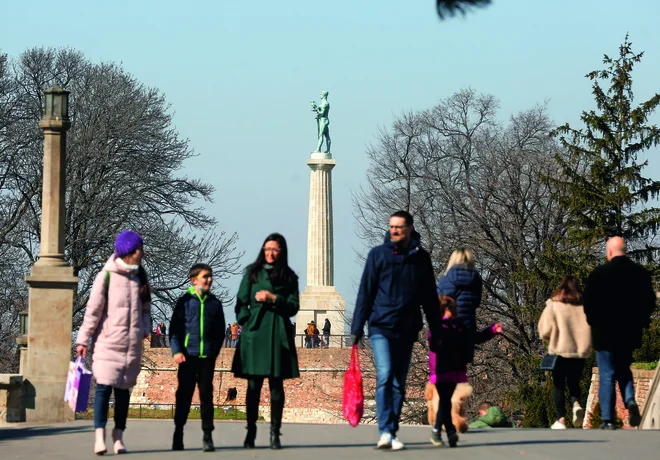
In the heart of Belgrade, at the place where the Danube meets the rapid stream of the Sava River, lies one of the most important natural nodes in the area. Here, under the ancient walls, two rivers blend into one, creating an idyllic landscape. The Sava comes to Serbia from the west through the fertile plains and past the city silhouettes. It comes from the direction of Bosnia and Herzegovina, through Srem Mitrovica and Sabac, to the east, to Belgrade; Its stream in Serbia is 206 kilometers long.
According to legend, the Danube is blue. Where he meets the Sava, however, the colors are more layered and vibrant. The blue Sava is mixed with greenish shades of the Danube, creating a perfect painting display of power and harmony in one.
Along the Sava River, the popular promenades of the Belgrade people and its majesty Kalemegdan extend in Belgrade.
A struggle that brings happiness
At the zero point, the Sava leaks into the Danube, or 1406 kilometers from the source of the Danube and 1106 kilometers to the outflow into the Black Sea, lies at the depth of 12 meters « the fight that brings happiness ». This story will be best told by the captains of tourist boats who sail there every day.
Couples who know the story of the fighting that brings happiness are reported right in this place because they believe that, as the rivers cannot be separated, they will never. Here everyone has the right to one desire. And as the captains of boats say, each one is related to love!
Kalemegdan
The magnificent, beautiful and proud fortress stands on the high wall above the Sava River and the Danube and offers a breath -taking panoramic view. As you stroll under massive arches and stone corridors, you almost hear the sounds of the past – a step -by -step soldiers, merchants who offer their goods, children who play. Each stone and every wall tells its story, interwoven love, battles and life. The Nebojsa and Despot tower tower stands as a guard of the past, and the view down to the Grand War Island and the combination of Sava and the Danube is full of heart with indescribable peace.
The winner at Kalemegdan is not just a monument. It is a symbol of resistance, power and struggle that is always in the soul of Belgrade. Photo: Oliver Bunić/ Blic
On the other hand, the upper fortress, the central part of Kalemegdan, the joint of military, civil and religious structures. Here are the remains of the Roman Castrum, the medieval church and the baroque buildings that together create a unique atmosphere. As you walk through these streets, you almost feel the presence of all the cultures and nations that built and defended this place. There are traces of their lives – the remains of the walls, the old city water supply system and much more, which testifies to the past, and he – a symbol of the capital of Serbia.
Winner, a symbol of courage
The unwavering, decisive and courageous view, with a sword and a pigeon, today's symbol of Belgrade, was just over a hundred years ago the apple of a dispute between Belgrade's small -town ladies and gentlemen. The winner at Kalemegdan is not just a monument. It is a symbol of resistance, power and struggle that is always in the soul of Belgrade. This statue, the work of the great Ivana Meštrovicshows a man who clearly communicates with his naked body – we have won. According to the original idea, passers -by should look in the center of Terasia, as part of a mighty well built in honor of victory in the Balkan wars, but, like many other things in history, this plan had to wait. And change.
Meštrović moved to Belgrade because of him, had a studio near the cathedral, and everything was ready for the capital of the Kingdom of Serbia to receive a park with a well worth Vienna or Paris. But this (never) did not happen, at least on Terazia.
First there were wars, and then the city's morale, because all of a sudden, ladies and gentlemen fainted with the possibility of having a completely naked man before their eyes, they liked not a single side of Meštrovic's winner, who was otherwise made according to the character of Hercules. After years of peripeties and beatings, when they also thought about the theater market (Republic Square), the statue finally found its home in Kalemegdan. Legend has it that it is so high and skilled that only the pigeons and the sparrows can be stared at the « that thing » that disturbed the ladies, the pedestal intercepted the view from below to the back, and the front was taken care of by Saber.
In the following years, the winner became the embodiment of courage, the memory of battles that formed Serbia, Serbian city and freedom. Today, the people of Belgrade and tourists discover the symbolism in it: the image of a hard struggle, freedom, sacrificed peace, and at the same time hope for a better future.
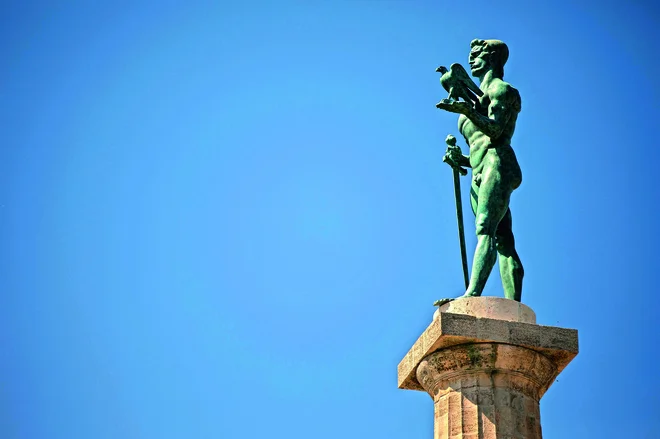
The sculpture was created in 1913 as the final motif of the monumental fountain on the Therapy platform. Due to the outbreak of World War I, her erection was postponed. Photo: Mitar Mitrovic/Blic
Meštrović gave us everything with him, from a masterfully designed figure to every detail, and every part of the winner's story carries the weight of time. This is not just a monument, it is a story of Belgrade, of passers -by who have been seeking their truth over the centuries, but has been watching over the outflow of the Sava into the Danube for over the centuries.
The monument was solemnly discovered in 1928 at the upper fort Kalemegdan at the celebration of the 10th anniversary of the Thessaloniki Front. It consists of a bronze male figure and a pedestal designed in the style of Doric pillar with grooves on a high cube base. The statue was made as early as 1913 as the final motif of a magnificent fountain, which should stand on the Therapy platform. Meštrović envisioned the well as a monument to freedom and liberation from the five -year -old Turkish yoke.
At first, they had to put the statue of the statue because of the outbreak of World War I. Finally, he got his place on the ramp of the upper fortress and now his character can be seen from all sides. The name winner derives from the dedication of the Thessaloniki Front and the victory of the Serbian army in the First World War. Originally, it was called a messenger of victory, the Institute for the Protection of Cultural Monuments of the City of Belgrade explained.
What keeps in hand?
What continues to cause confusion and challenge of controversy between the Belgrade people is the question of what is actually in the winner's left hand. Eagle, dove, falcon or any other bird? And while some claim that they are a sign of peace, a pigeon, experts in history explain that it is a falcon, a symbol of chivalry. Because this bird goes along with the archetypal hero, the way Meštrović imagined.
« In addition to the monument in gratitude to France, the winner is one of the few monumental public monuments erected between the two world wars in Belgrade and are distinguished by their contemporary style characteristics, » the institute said.
The old guy is rejuvenated
In October 2019, the winner on the truck and the police escort went to Smederevo. Time left deep traces on this old guy, as there was an oxide and black dirt on it. When they took the statue from the pedestal, they listed as many as 30 holes because of the shrapnel! He was restored in the studio of sculptor Zoran Kuzmanovic.
Everyone was eagerly waiting for the Belgrade symbol to return to its place, and the famous winner came home after 127 days. It took so much time to shine again in all its magnificence and will be able to continue to observe the inhabitants of the capital faithfully.
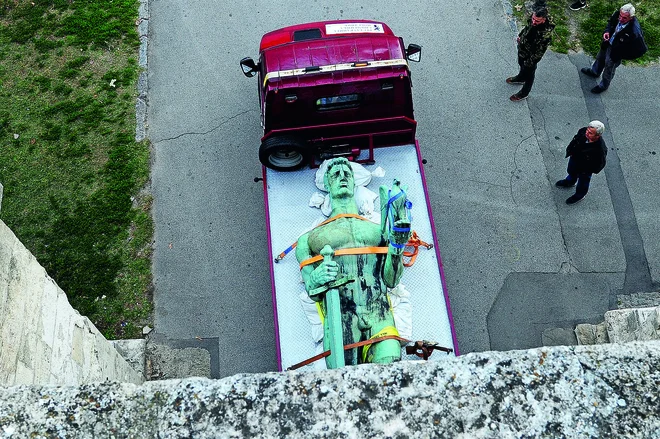
When they took the statue from the pedestal, they listed as many as 30 holes because of the shrapnel! He was restored in the studio of sculptor Zoran Kuzmanovic. Photo: Milan Ilic/Blic
The statue was arranged from both the outside and the inside. They looked at all aesthetic details. It was cleaned with a special dry ice method, and they also repaired all 132 screws that were already in poor condition. They also paid a lot of attention to safety, as they had previously found that it was poorly attached to the pedestal and that its sword was no longer so firm.
The return of the winner was just as carefully as his departure. Many townspeople and tourists at the time had the opportunity to see the symbol of Belgrade from close range, which has not happened since 1928, when the Mestrovic statue was erected in Kalemegdan.

